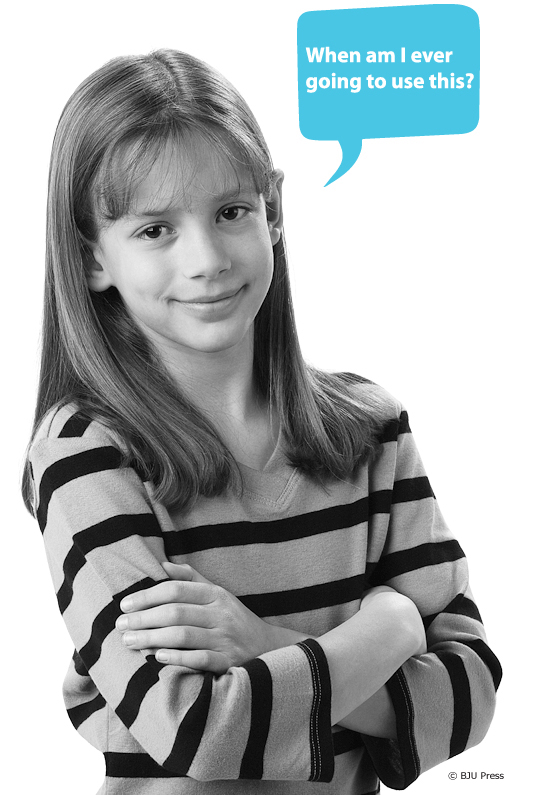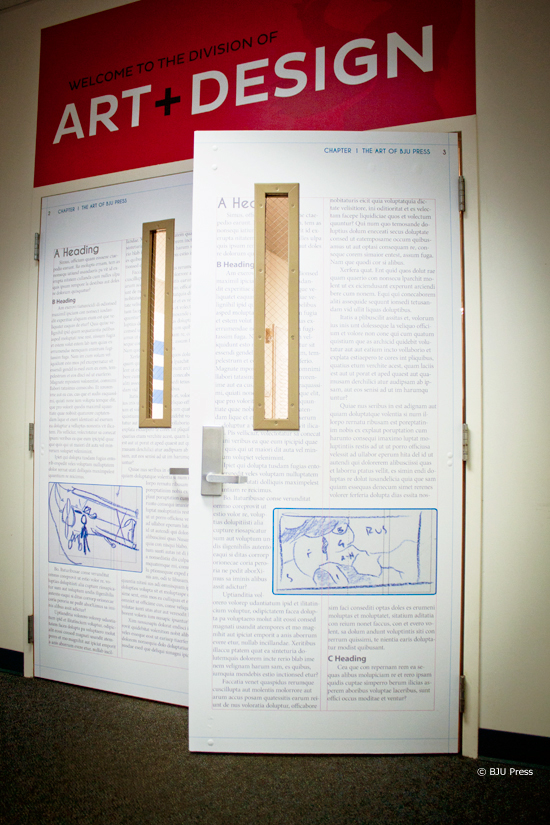
Do you know what one of the most wonderful things about homeschooling is? You have the freedom to be flexible and mobile and do whatever you need to do to ensure that your children will be equipped for their future lives. If you aren’t part of an online academy or a school with strict regulations, then you are free to buy curriculum directly from the curriculum creators. Which means, once those resources are in your home, you get to use them however you like. You can focus on the lessons and skills that you believe will be the most beneficial for your children’s future. You can choose resources that will help them become more effective servants of Christ, their family, their community, and their employer. [Read more…] about 21st Century Skills for 21st Century Homeschooling (Part 1)














